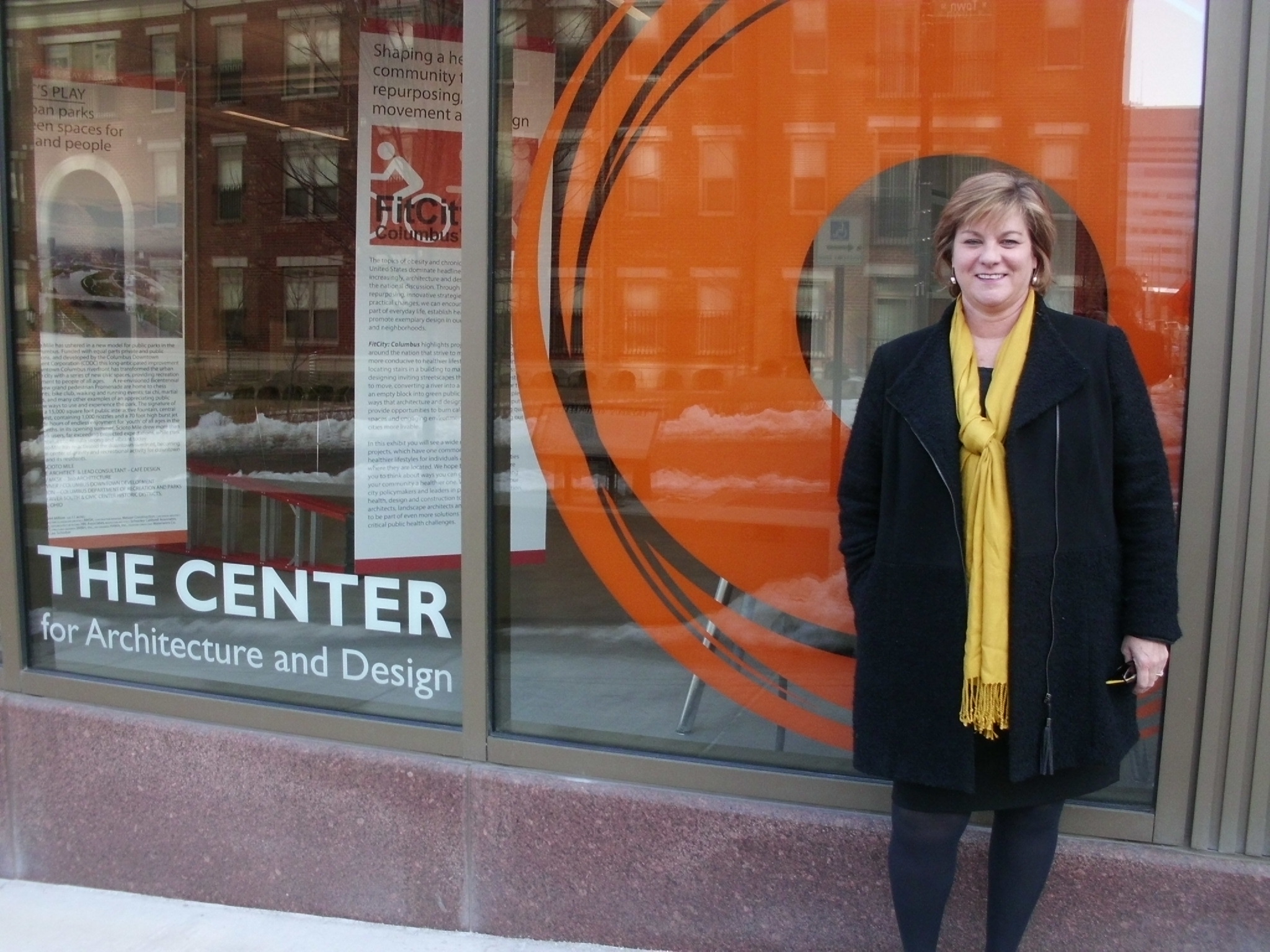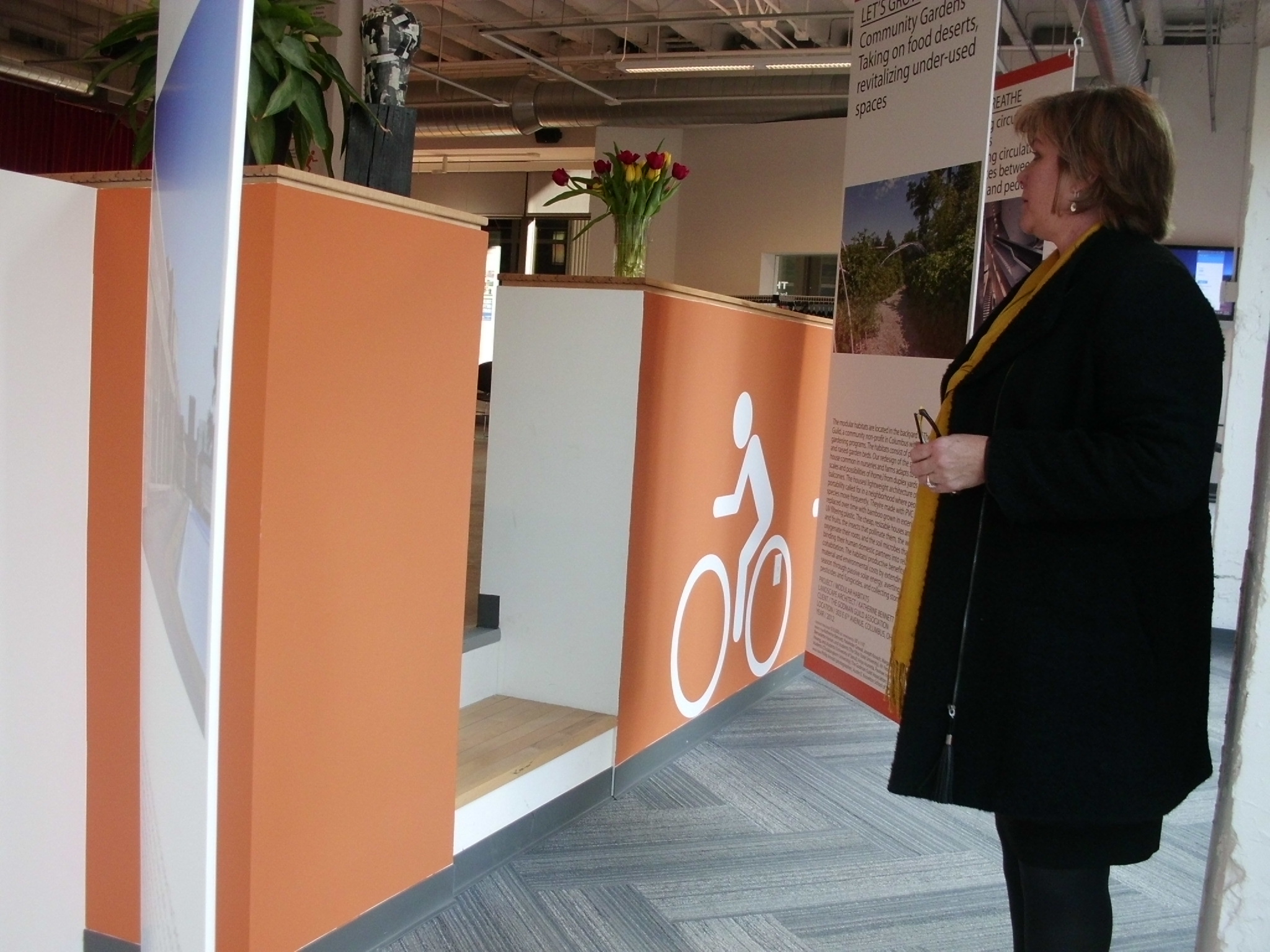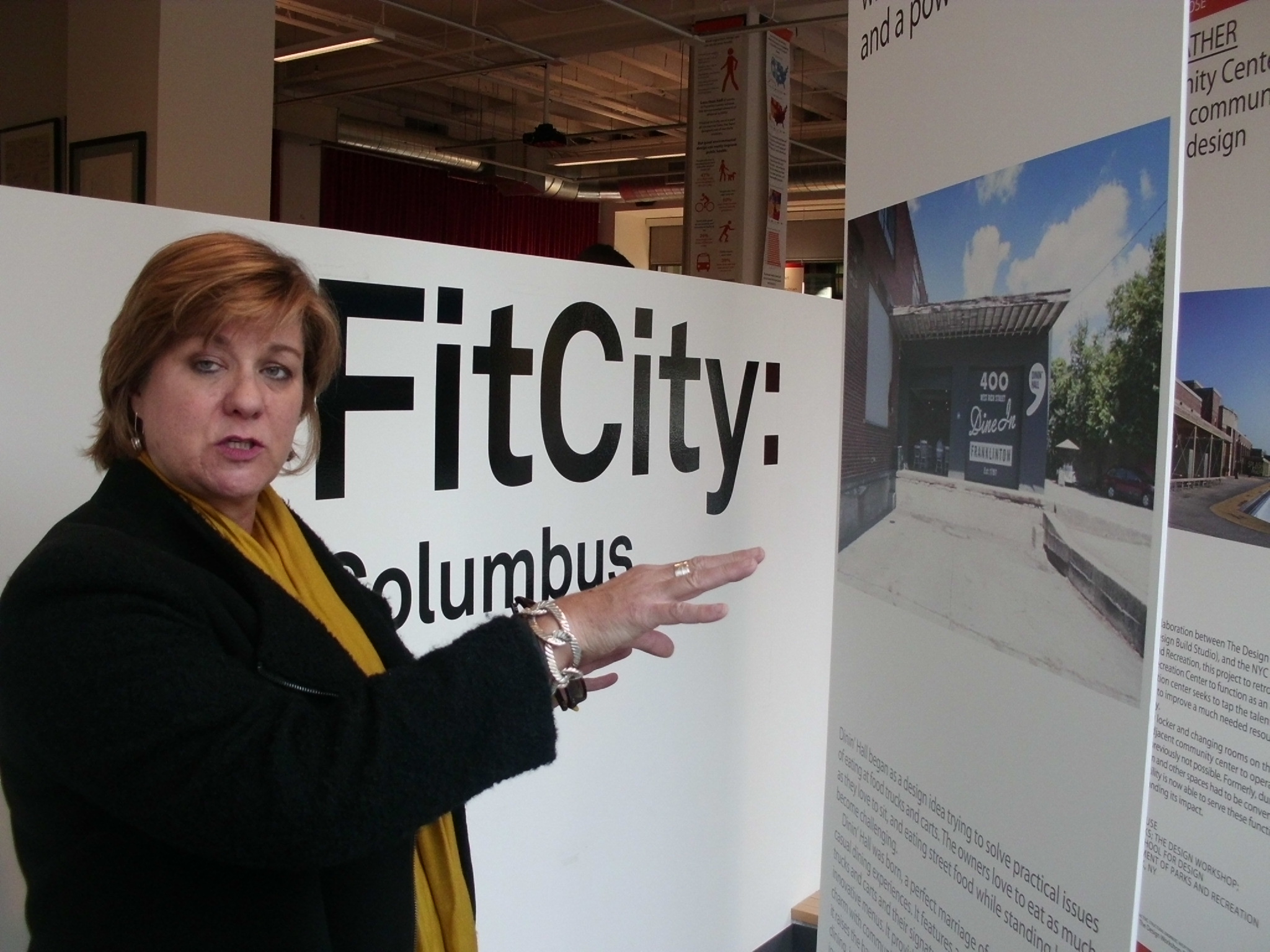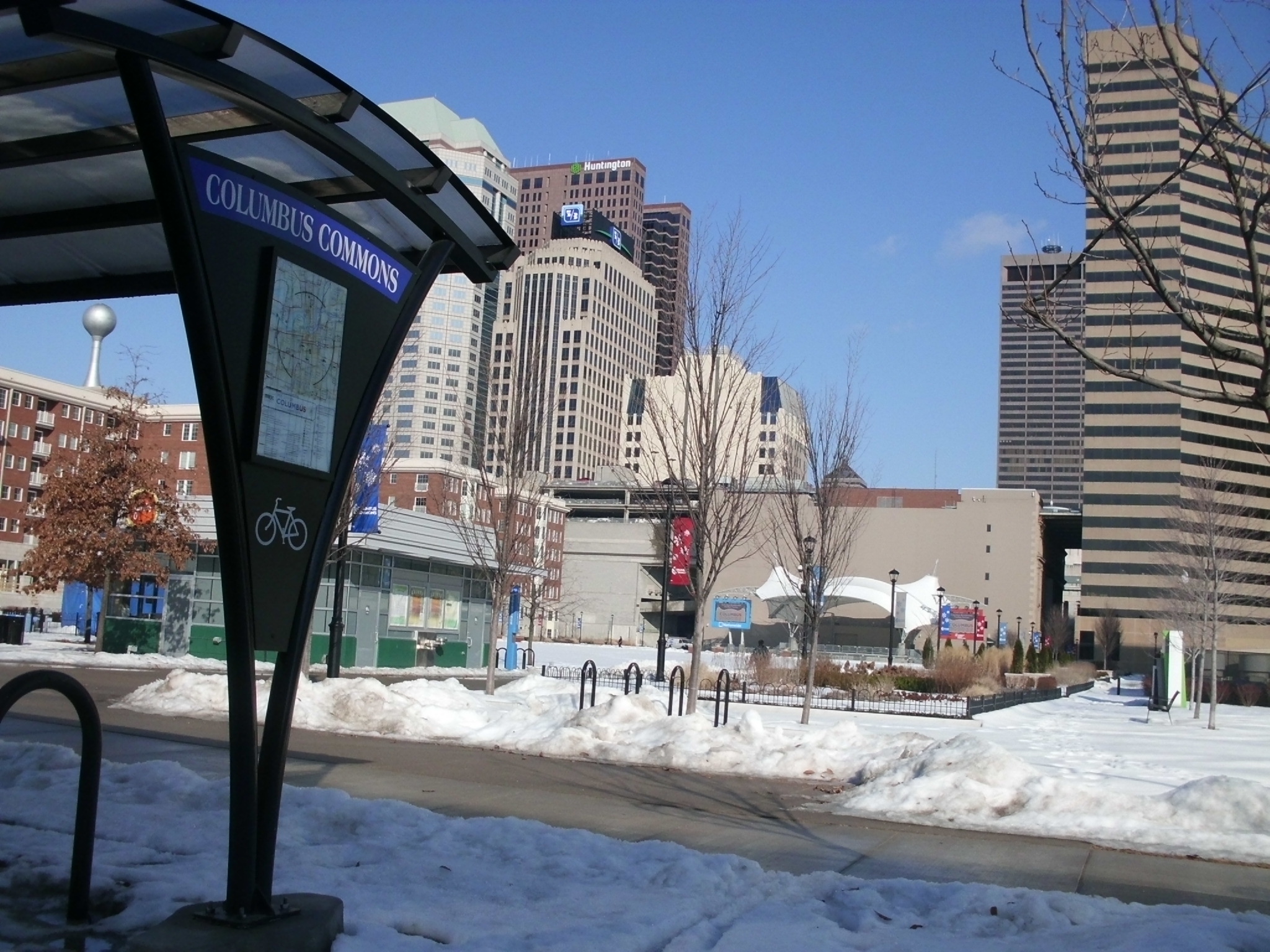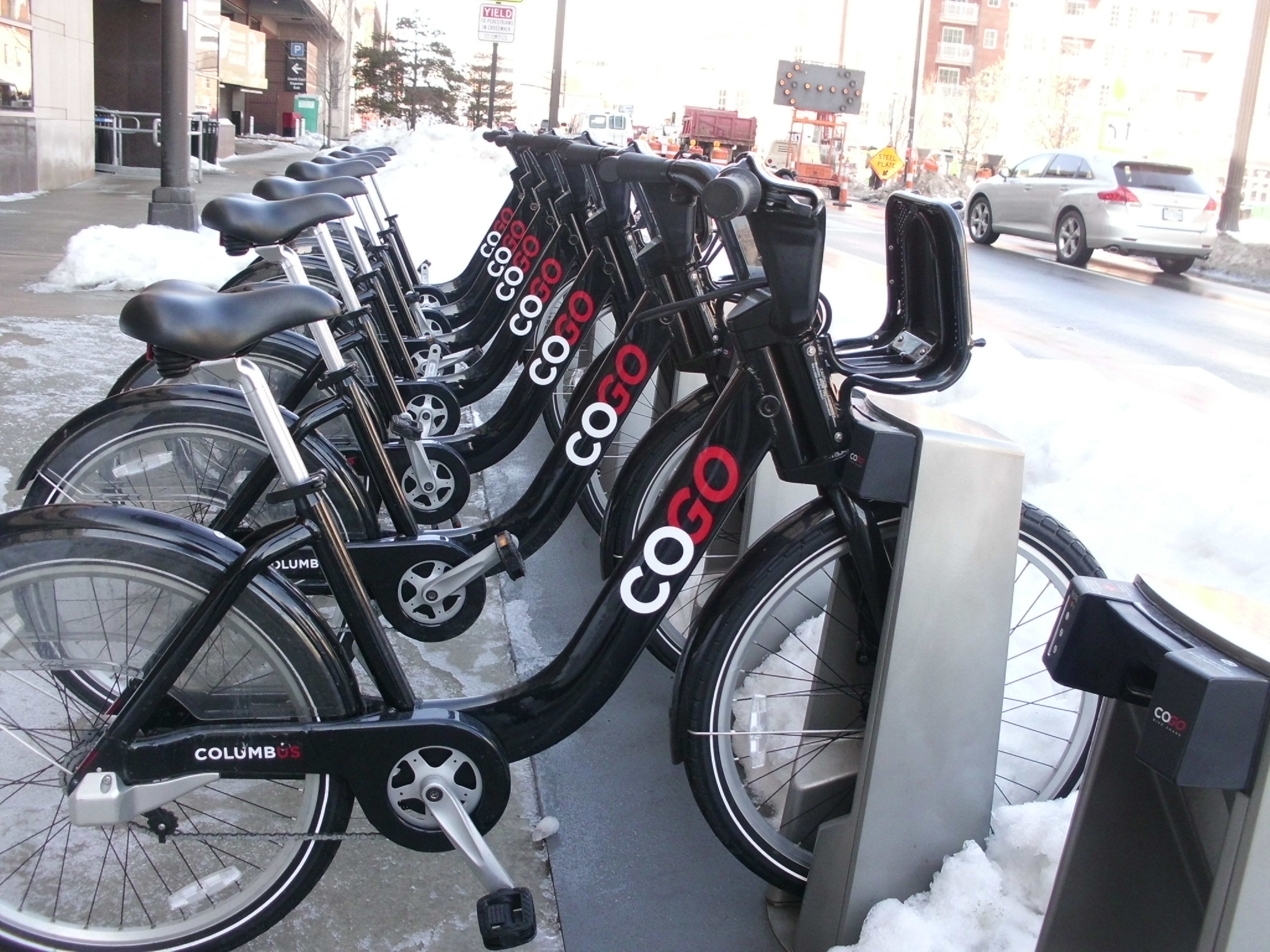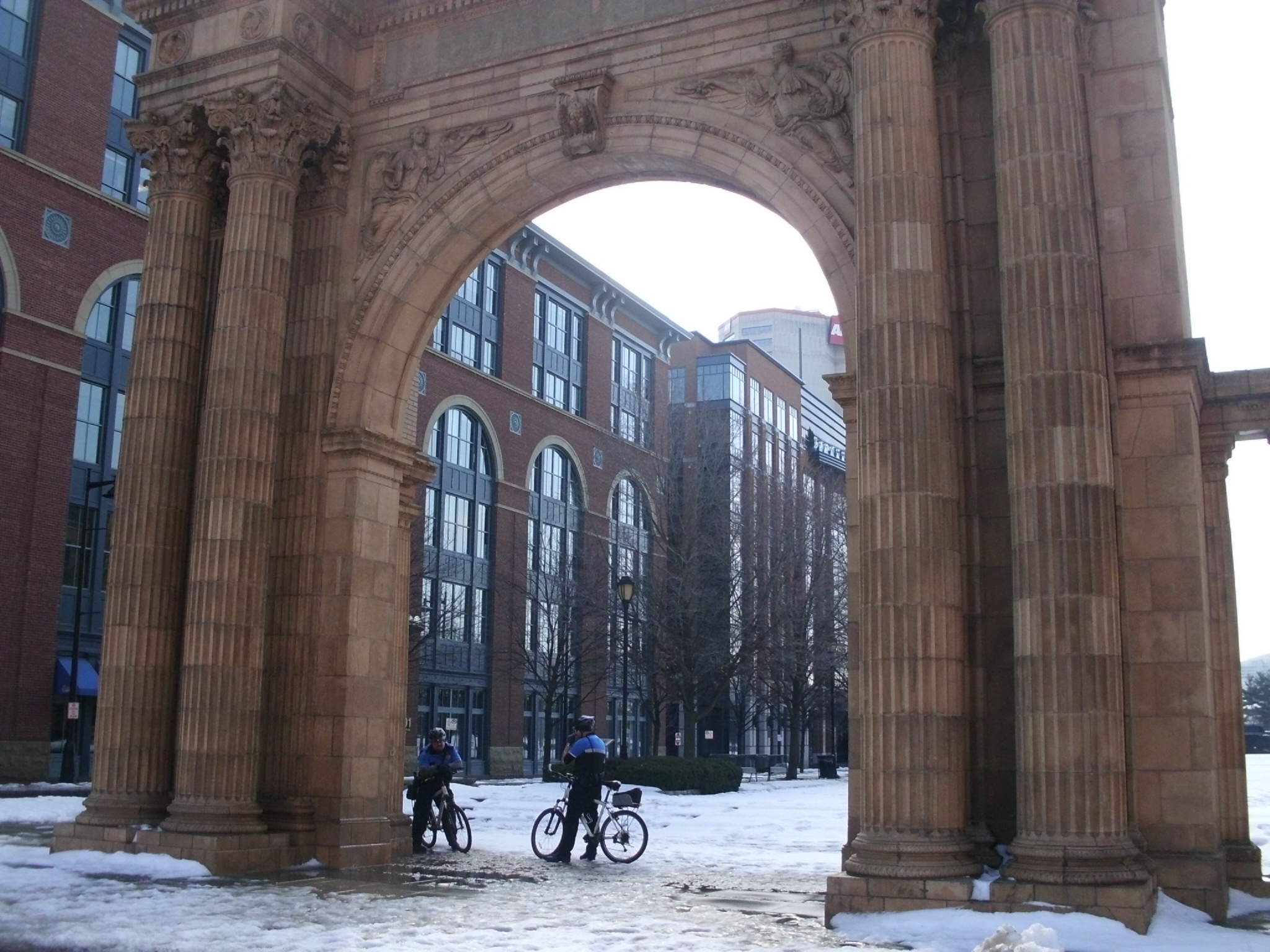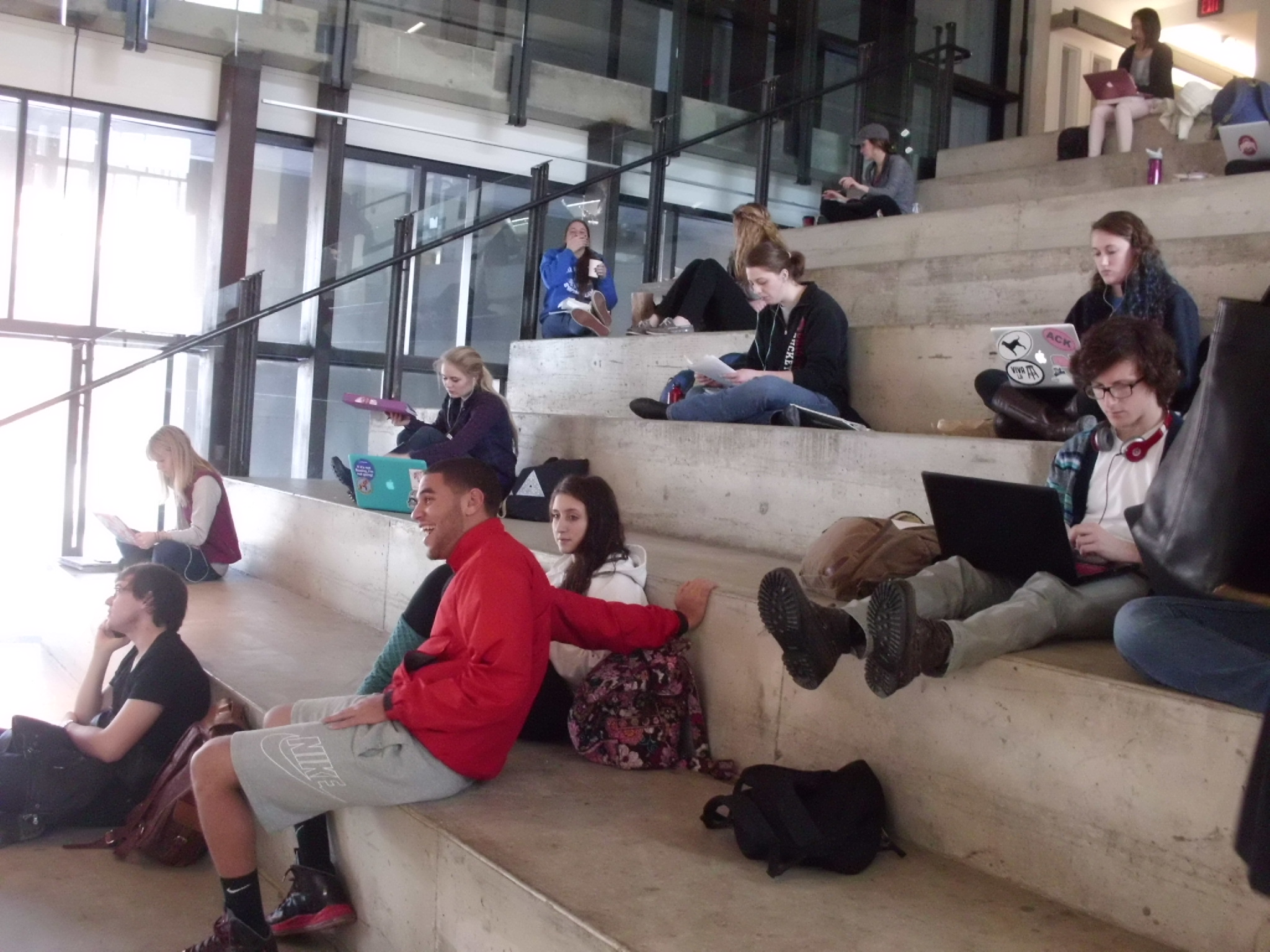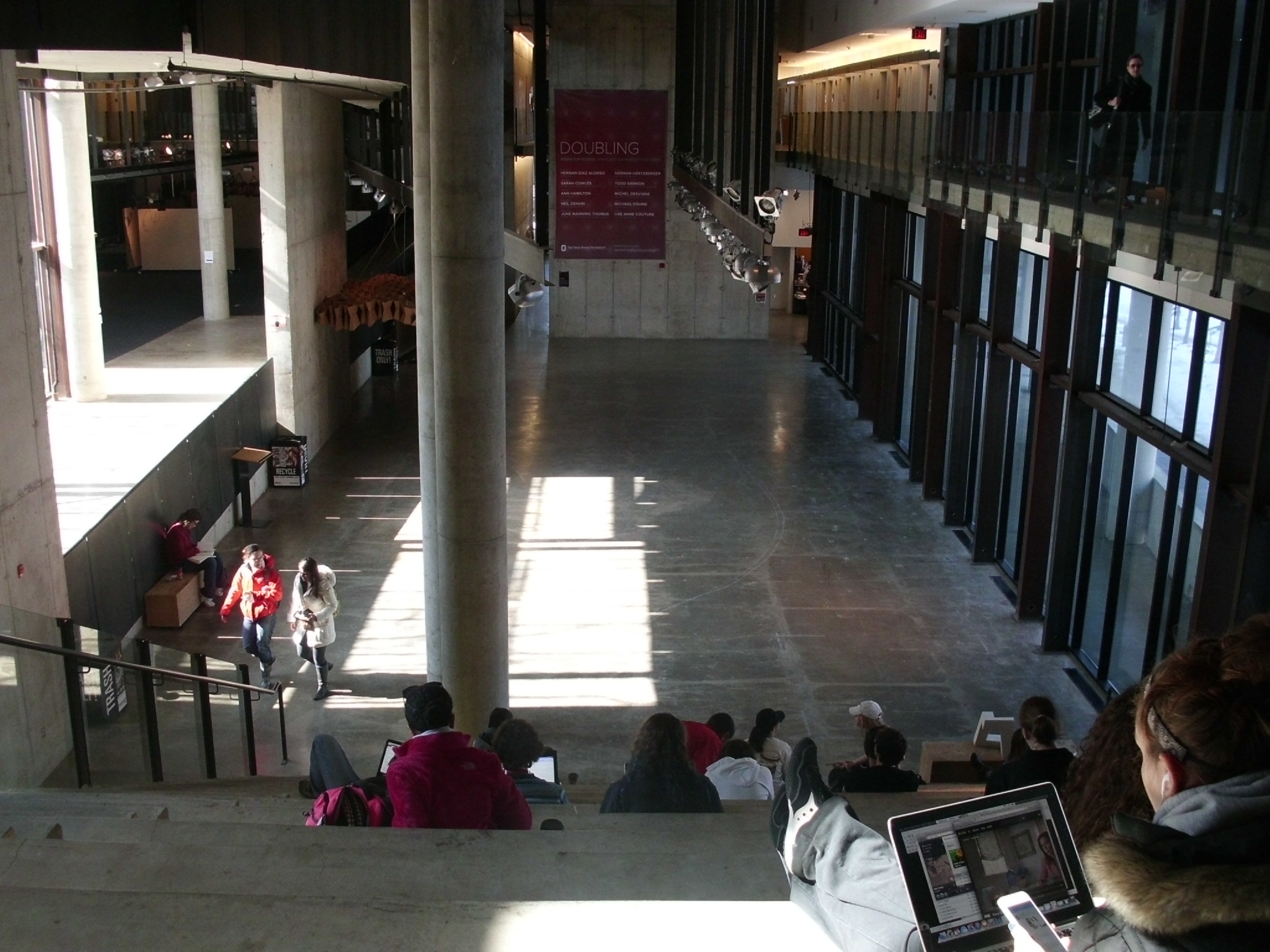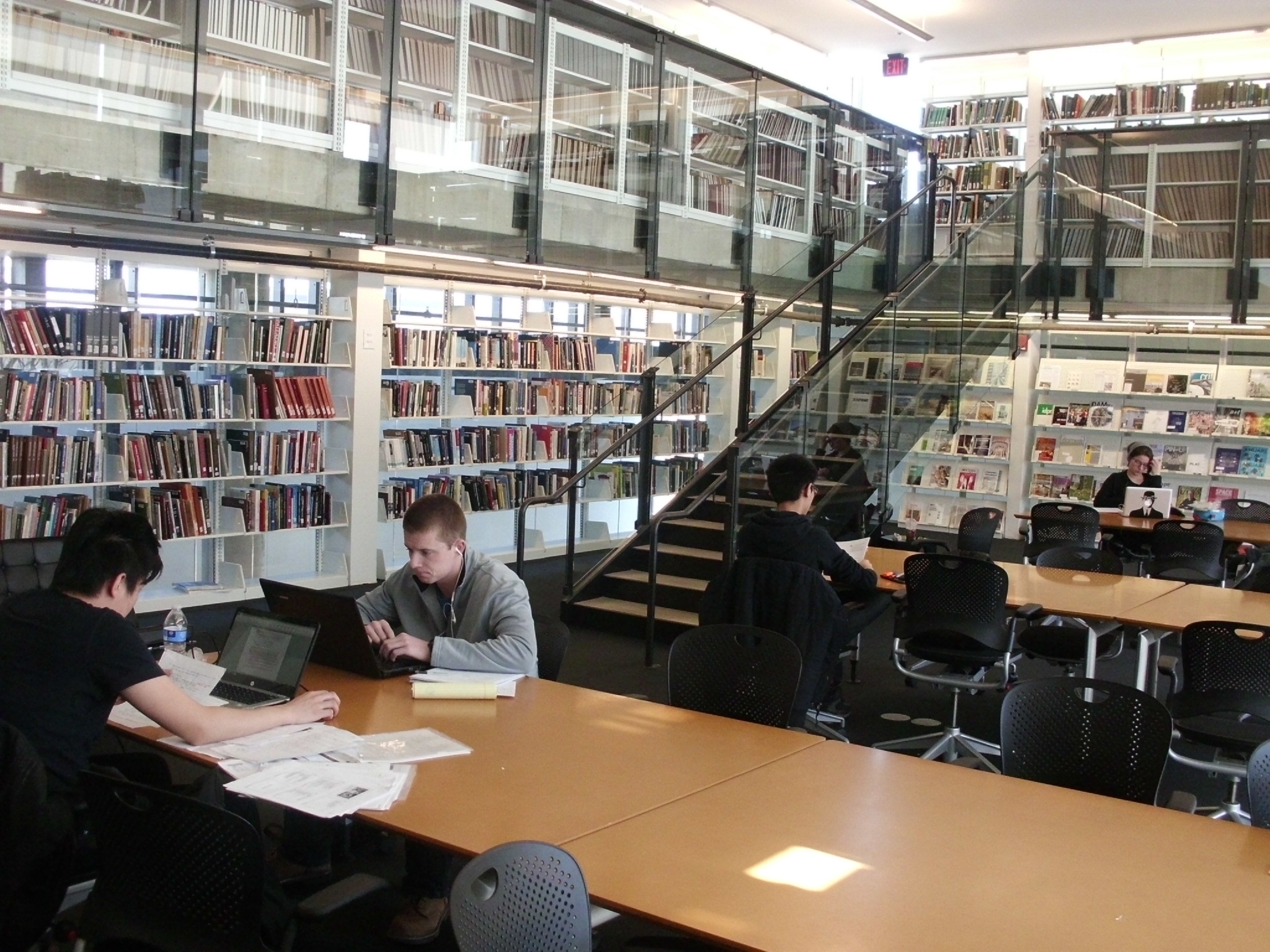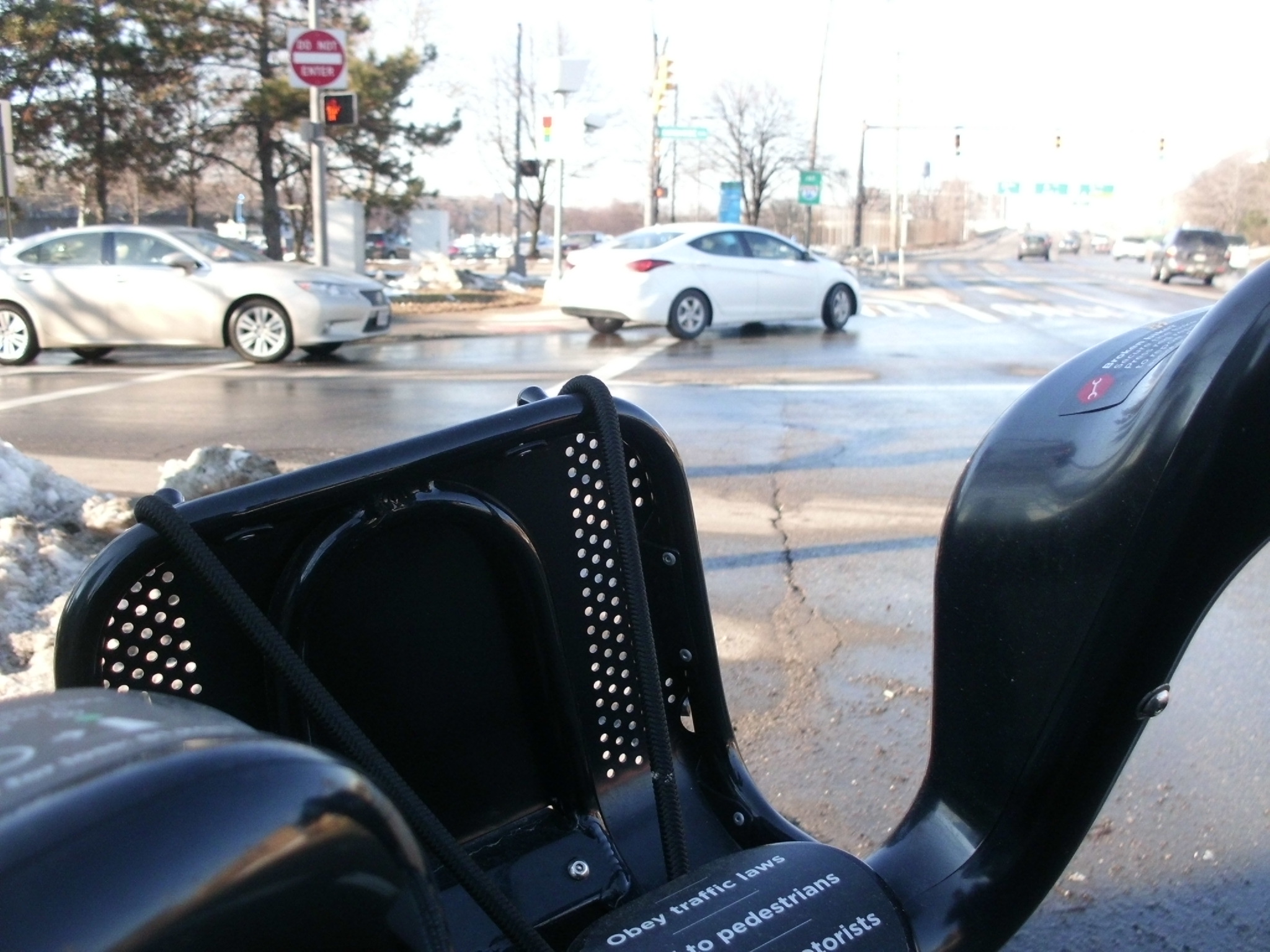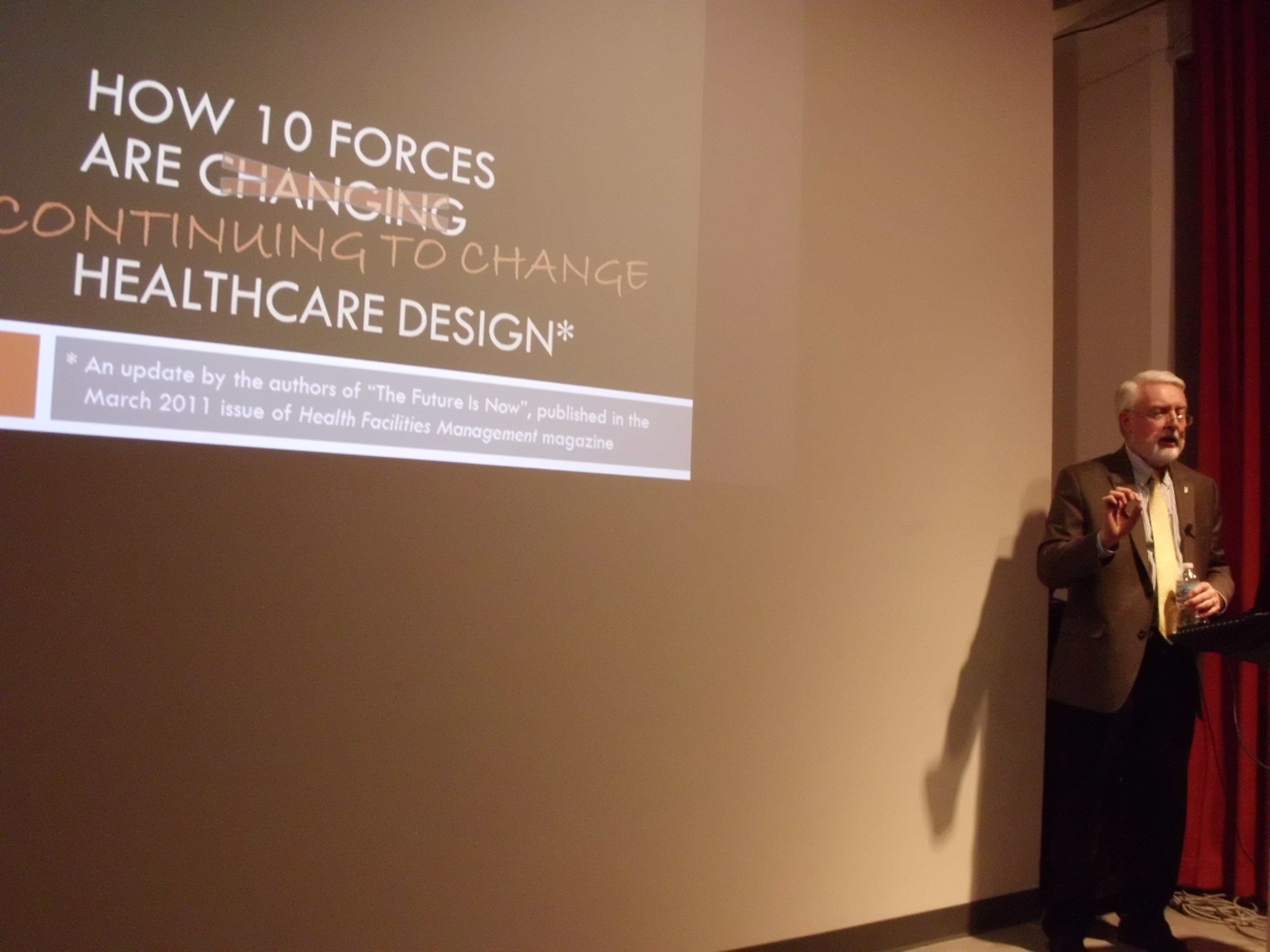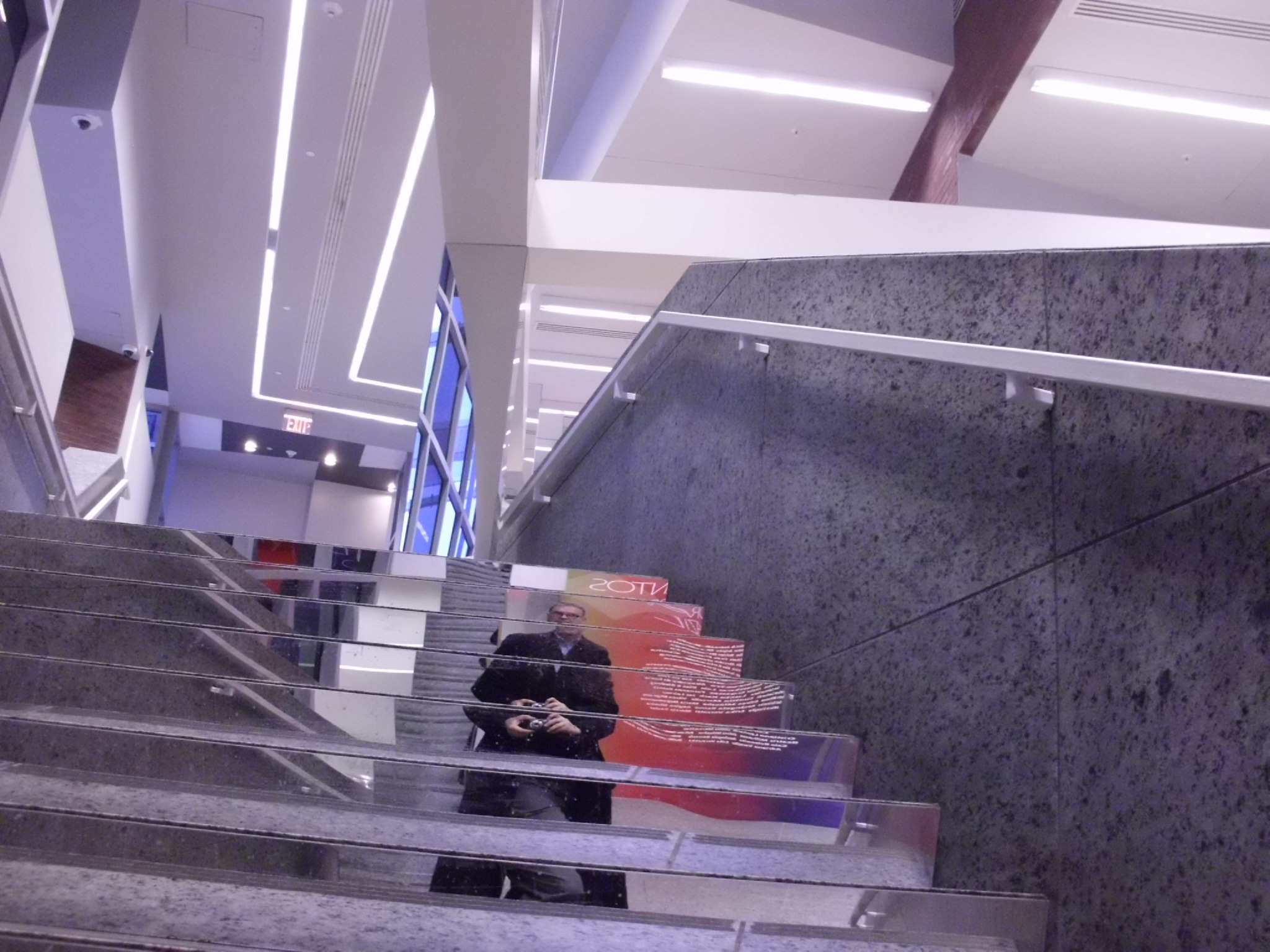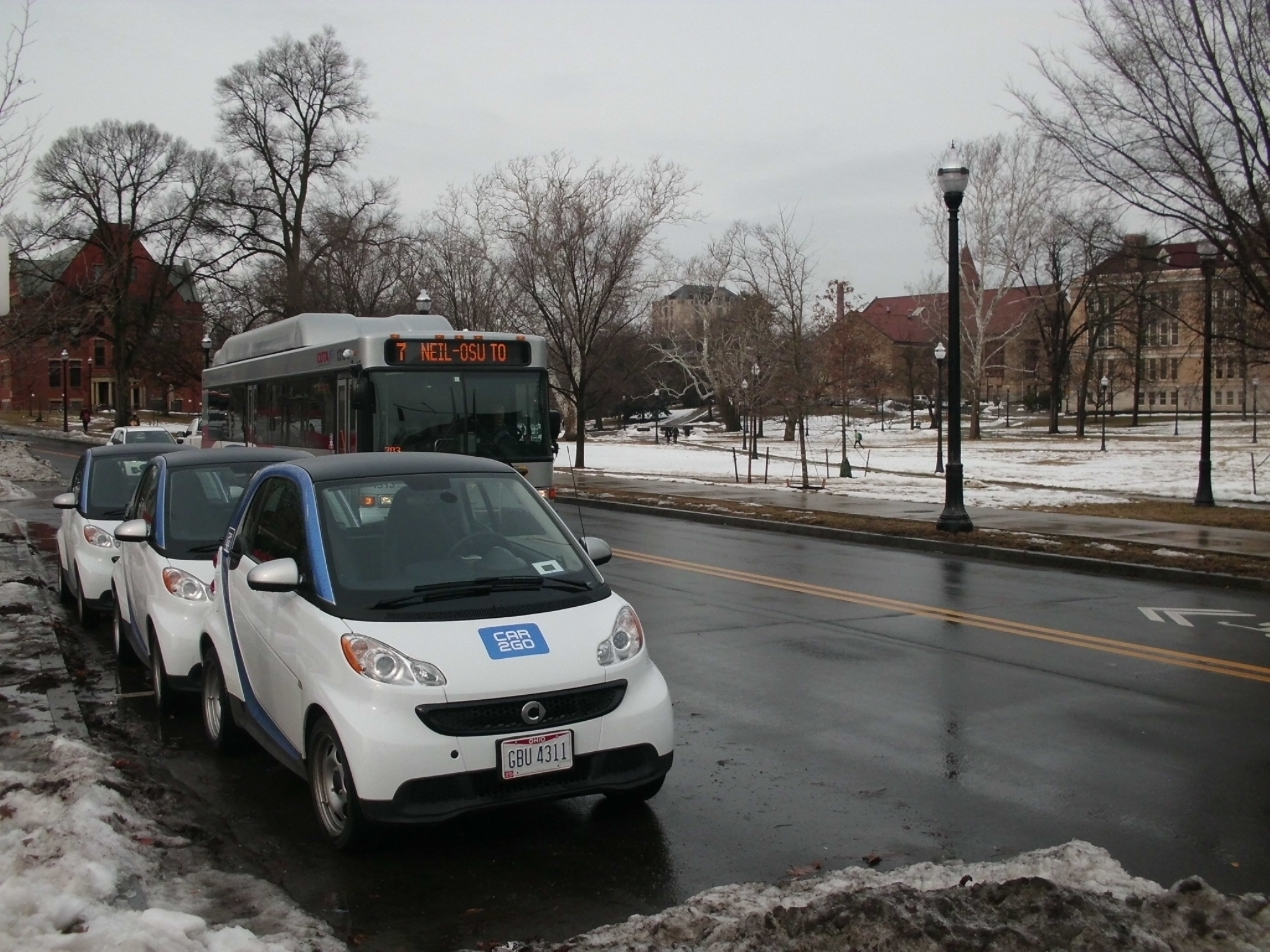by: Rick Bell FAIA Executive Director AIA New York
Phil Ochs, the lyrical folk singer who shared Greenwich Village and the ‘60s with Bob Dylan, grew up in Columbus, Ohio, and sang of his youth there, with lyrics saying: “I’ve been all over the country / But I don’t believe I’ve had more fun / Than when I was a boy in Ohio.” With CoGo bike-share and car2go municipally-owned smart cars, Columbus has blazed an example of a city where fun goes to set a new standard. The 15th largest city in the country, Columbus and its mayor, Michael B. Coleman, have embraced the concept of Active Design with a system of linked parks, discrete neighborhood improvements such as those in the Short North Historic District, and riverfront changes including the Scioto Mile. This spirit was described in a recent WOSU public radio segment “All Sides with Ann Fisher” marking the opening of the Ohio version of the “FitNation” exhibition curated in New York by Emily Abruzzo, AIA, LEED AP.
FitCity Columbus, a program organized by AIA Columbus Executive Director Gwen Berklekamp, CAE, and Programming & Development Coordinator Jessie Masters, took place at the Columbus Center for Architecture and Design on 02.19.14. It addressed how architects and designers are tackling heart disease, obesity, diabetes, and other chronic illnesses by means of active design. The program announcement noted that “from the design of healthcare facilities to initiating public health policy changes, architects play a key role in encouraging people to burn calories through the creation of quality spaces and engaging environments.” The keynote speaker was Columbus-based architect Peter Bardwell, FAIA, FACHA, principal of BARDWELL+associates and co-chair of the AIA National Architecture for Health Knowledge Community. He spoke of how a broad approach is needed to achieve a greater emphasis on health as distinct from using medication to treat disease. The key word was “salutogenic” in an analysis consistent with the tenets of the Active Design Guidelines, also presented later the same evening.
The joint presentation aligned with the opening of the “FitCity: Columbus” exhibition, which took seven of the projects previously displayed in New York as “FitNation” and coupled them with an equivalent number of comparable projects in Columbus. Addressing waterfront recreational access, the “FitNation” rendition of the San Antonio River Improvements Project, showing Mission Reach, was paired with the Olentagy River Restoration Project. To show how hardscapes can be transformed into softer and more vibrant parks, Portland’s “Depave” was paired with the Columbus Commons project, which “greened” an underused space downtown into a popular gathering place for people, fresh food, and music.
The Columbus Center for Architecture and Design, which is linked to AIA Columbus in similar fashion to Chapter/Center pairings from Philadelphia to San Francisco, is an exciting gathering place for a large audience comprised mostly of architects and designers from Columbus and other Ohio cities including Cincinnati. AIA Columbus Chapter President Jonathan Barnes, AIA, introduced the evening and put the discourse and exhibition into context. A shout-out was given to Paradise Garage, a bike shop on North High Street. The shop, named after the old Hudson Square club on King Street, had graciously loaned a Bell bike helmet to allow this New York visitor to test the omnipresent CoGo shared bike system, which had started up at about the same time as New York’s CitiBike. CoGo’s blurb, “Whether you’re riding to work, to class or to see friends, every time you use CoGo, you’re doing something good for the environment and your body,” ends with the words, “Plus, it’s fun.” At only $6/day for visitors, the elegant Alta-sponsored bicycles made it easy to discover some of the distinctive architecture described in the AIA Guide to Columbus (Ohio University Press, 2008) by Jeffrey T. Darbee and Nancy A. Recchie. These included the 2004 Knowlton Hall, home of the Ohio State University School of Architecture, designed by Mack Scogin Merrill Elam Architects (Atlanta) with Wandel & Schnell Architects (Columbus), and the 2005 Wexner Center for the Visual Arts by Peter Eisenman, FAIA (Eisenman Robertson, NYC) along with Richard Trott & Partners (Columbus), also on the OSU campus. At Knowlton, professor of architecture Robert S. Livesey, FAIA, summed up the attraction of Columbus, pointing out the ramped visual connectivity of the building as a kind of metaphor for bringing people together. Tatzu Nishi, whose Public Art Fund project “Discovering Columbus” – with six flights of stairs – activated New York’s Columbus Circle around Columbus Day in 2012, should check out 50 West Town Street, the address for AIA Columbus and its Center for Architecture and Design.








